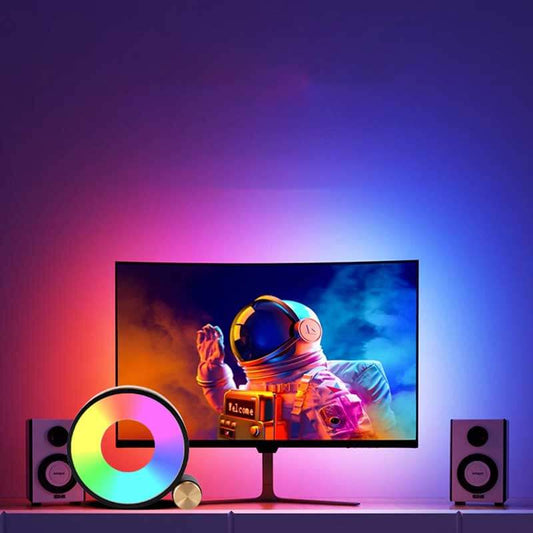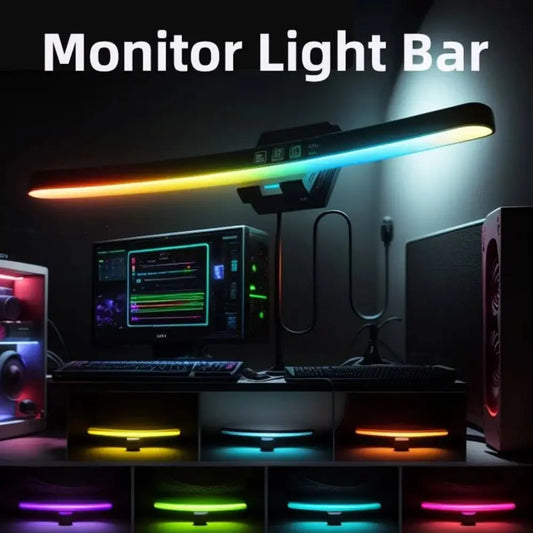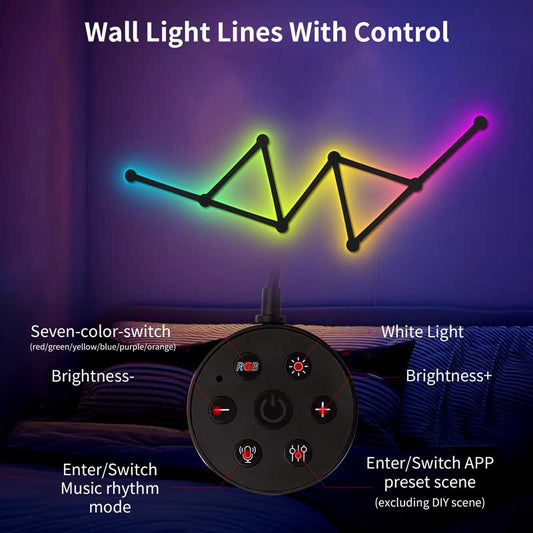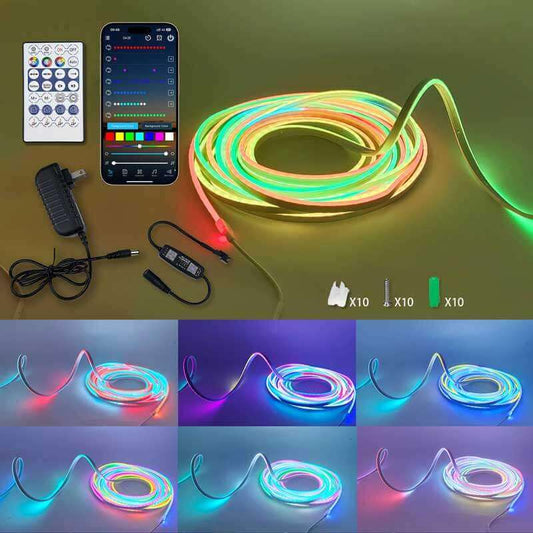Does RGB Lighting Help with Cooling?
Aktie
RGB lighting in gaming PCs has become a staple for many gamers, and its aesthetic appeal is undeniable. But when it comes to practical benefits, such as cooling, does RGB actually help? Let’s dive into this question with a mix of technical understanding and personal insight.
The Myth: RGB Equals Better Cooling
It’s a common misconception among some PC enthusiasts that adding RGB to a setup might improve cooling. In reality, RGB lighting itself doesn’t actively cool your system. The LEDs in RGB components are primarily decorative. However, certain RGB-equipped hardware, like fans or water cooling systems, can indirectly contribute to better thermal management—depending on their design and functionality.
How RGB Components Can Impact Cooling
-
Integrated RGB Cooling Fans: RGB fans, especially those from reputable brands, often combine aesthetics with performance. If you’re upgrading to high-quality fans that happen to include RGB, you might improve airflow and, by extension, cooling efficiency. However, the cooling improvement comes from the fan's design and airflow capacity—not the lights.
-
Thermal Management in RGB Cases: Many RGB cases feature optimized airflow designs to showcase the lighting. If your case was built with poor ventilation, upgrading to an RGB case with mesh panels and strategically placed fans could lower temperatures.
-
Visual Indicators: RGB can serve as a practical tool to monitor temperature. For example, some setups allow RGB lights to change colors based on system heat, providing a visual cue for potential thermal issues.
Does RGB Add Heat to the System?
It’s worth noting that RGB LEDs themselves produce a negligible amount of heat, especially compared to components like GPUs or CPUs. That said, if your system is already running hot, adding more RGB components could slightly increase the total power draw, which may translate to marginally higher temperatures.
From my perspective, this isn't a significant concern unless your setup is poorly ventilated or you're pushing your power supply to its limits.
Choosing RGB Components Wisely
If you’re building or upgrading a PC with RGB, here are my thoughts on balancing aesthetics and practicality:
- Focus on Functionality First: Prioritize components like cooling fans, cases, or liquid cooling systems that are known for their performance. RGB should be the cherry on top—not the deciding factor.
- Avoid Overloading RGB: Too many RGB lights can make your setup feel cluttered and may marginally increase your system's heat output.
- Invest in Software: RGB systems like Corsair iCUE or ASUS Aura Sync let you customize and monitor lighting. Some even sync with system performance to create a balance between style and efficiency.
AT the last: RGB and Cooling—Aesthetic Boost, Not a Magic Fix
While RGB lighting doesn’t directly improve cooling, it can enhance your gaming setup both visually and functionally when paired with well-designed hardware. For me, the appeal of RGB lies in its ability to make your PC not just a machine, but a piece of art. But when it comes to keeping temperatures in check, focus on airflow, cooling systems, and quality components first. RGB is simply the icing on the cake!




